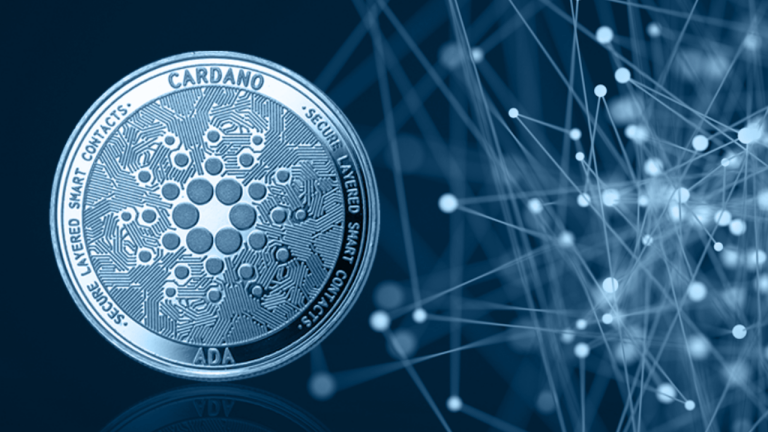The digital rial in Iran differs from other forms of electronic money because it doesn’t need interbank settlement for transferring funds between buyers and sellers.
Iran is increasingly embracing cryptocurrency and blockchain technology. The country has legalised crypto mining and is developing its own digital currency, the digital rial, to streamline transactions and bypass traditional banking. Such initiatives of Iran’s government authorities to use new technologies for economic resilience.
On 18 June 2024, The Central Bank of Iran (CBI) officially confirmed that they are going for a public pilot program for Iran’s central bank digital currency (CBDC), the digital rial.
Starting June 21, Iran’s digital currency pilot will be available to banking customers and tourists on the island of Kish. This date marks the beginning of the month of Tir in the Iranian calendar.
Kish is a very important place for Iran & it may play a vital role for Iranian CBDC trial & adoption. Kish is a 92-square-kilometre island in the Persian Gulf, south of Iran, and is the second largest in the region. Yearly 12 million tourists visit this part of Iran. Kish is a free trade zone, visitors from many countries do not need a visa to visit Kish.
In 2021, Muhammad Javad Azari, a former Iranian minister of information and communications, proposed the idea of turning the island of Kish into a centre for domestic and international cryptocurrency exchanges.
Iran’s central bank announced that the public launch of the digital rial on Kish Island will expand the pilot program that originally began in 2023.
According to the Central Bank, bank customers and tourists will be able to use the digital rial to pay for goods and services by scanning a barcode with special software. The digital rial will serve as an additional payment method alongside cash and bank cards.
Read also: Kraken adds support for political tokens but other exchanges stepping away from such tokens





